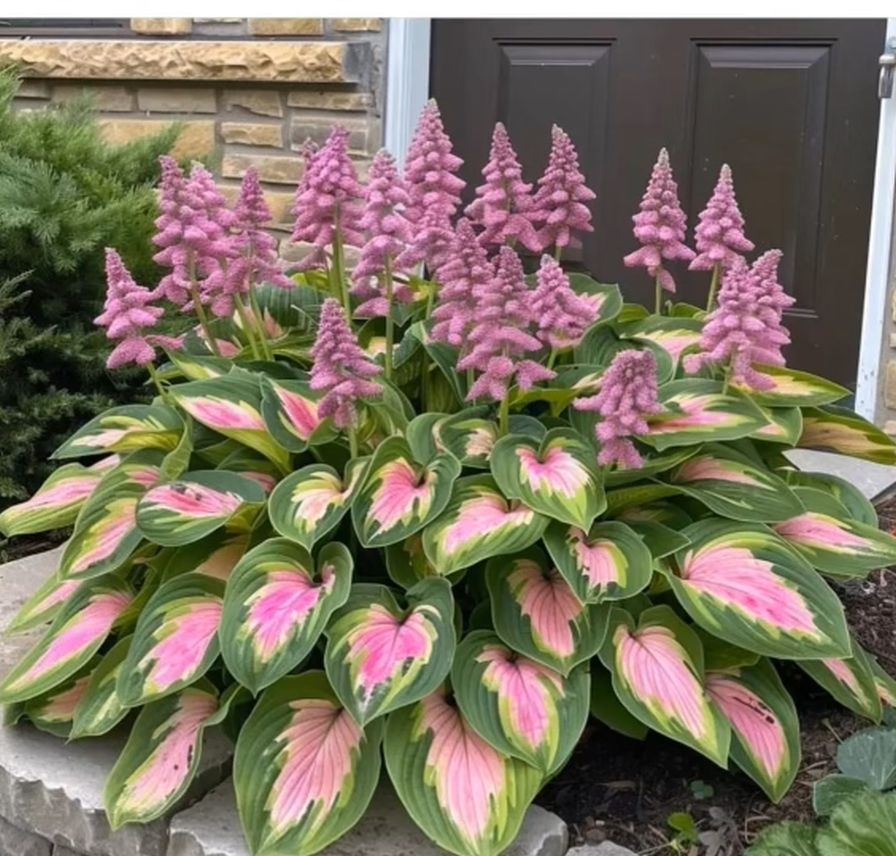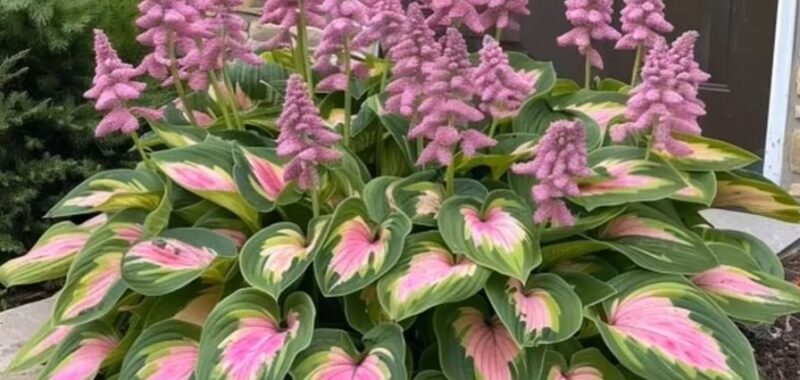
This image of a hosta was generated by AI, but consumers believed it was real and asked to buy it at a garden center. Source: Created by AI
Every now and then, I wonder what my great-grandparents felt when they saw their first airplane. Did they believe it was going to change the world for the better; did they wonder if the next airplane would surely crash; or did they simply shrug their shoulders as flight became part of everyday life? How about the internet, or computers? Did our grandparents or parents declare this was going to change the world for the better; did they feel that such things were the end of the world; or did they just shrug their shoulders and watch technology become integral to society?
I ask these questions because Marijke Tromp, a very talented garden center owner, recently sent me some extraordinary plant photos, and wondered if I had seen them. Turns out people wanted to know if she carried them, and they wondered why she did not carry them. At the same time, my son Jonathan shared the news that he was promoted to Lead Machine Learning Developer at his company.
What does this have to do with anything? They are both examples of the field of artificial intelligence (AI). The photo on this page and thousands more like it are created by algorithms and posted on social media. Such machine learning engineering is the bread and butter of my son’s career (he assured me he had nothing to do with said photos).
What do we know about AI? People have been dabbling at the edges of AI since the 1950s. AI essentially went away on a number of occasions because of false starts and empty promises. However, that is no longer the case. With a lack of labor and ever more complex data sets and problems, AI has grown exponentially. Since 2017, nearly all large businesses increased funding and hiring of people capable of developing machine learning, including those in horticulture.
The benefits for all businesses are obvious. In horticulture, any gardener can now ask how deep to plant their daffodil bulbs, and algorithms will scour garden and bulb websites across the U-verse and spit out an answer. It may be correct (or not). Handling inventory on the reams of data generated by global seed/plant sales is relatively commonplace and AI is being employed to consolidate trialing information across the country. For researchers, AI can be used to generate ideas about growth patterns and environmental sensitivities, resulting in a significant reduction in production time. And for gardeners, the recent improvement in useful plant identification apps is all due to AI.
On the other hand, one of the scariest trends I see as an educator, writer, or thinker are bots like ChatGPT (GPT stands for generative pre-trained transformer). The brains of anyone under the age of 30 have already been sizzled and fried due to cell phones and social media. And now with such “instant learning” bots, term papers, recipes, Shakespeare plays, and geometry needed for geodesic domes can be spit out in the time it takes to read this sentence — with absolutely no need for training.
I suppose the most worrisome thing for me, however, is how fast people have accepted the output from these bots to be true; ChatGPT is the fastest-growing consumer software application in history. So, perhaps I too should shrug my shoulders and get over it. As my son Jonathan states (and he should know), “Treat everything generated with caution.”
As for our business, I don’t see too many downsides yet, but since no one can really define AI, who knows what paths will follow? I am not sure I want a machine making the decision to launch intercontinental ballistic missiles (ICBMs), but then again, I am not sure I want that decision in the hands of the politicians, either.
If all we have to worry about are AI-generated photos and the fools who believe them to be real, then we shall be fine — but we had no idea what Blackberry phones would bring either.

